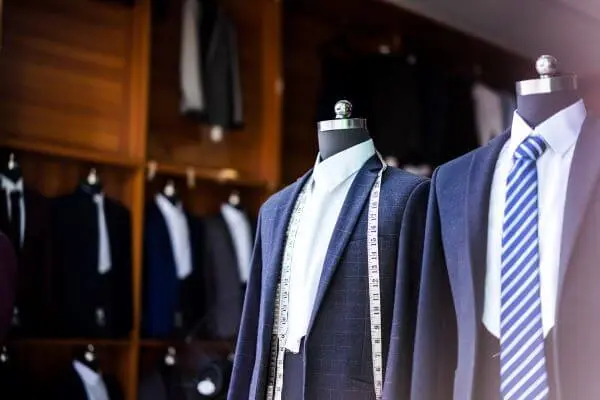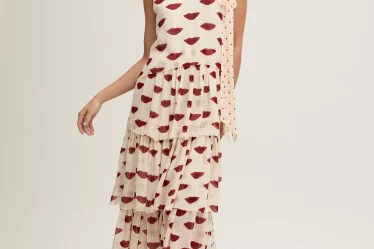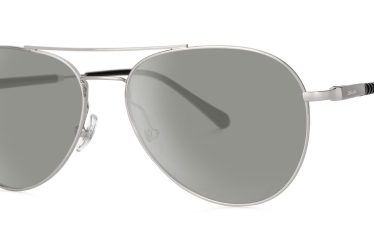In today’s world, where first impressions matter more than ever, ensuring that your clothing fits perfectly can make a significant difference in how you are perceived. Tailoring isn’t just about making clothes fit; it’s about crafting a look that enhances your best features and exudes confidence. Whether you’re suiting up for a job interview, a special occasion, or simply want to elevate your everyday style, mastering the art of tailoring is essential. In this comprehensive guide, we’ll explore everything you need to know about finding the perfect fit, from understanding your body type to selecting the right fabric and style, and maintaining your tailored wardrobe.
Understanding Body Types
Before diving into the world of tailoring, it’s essential to understand your body type. Whether you have a slim, athletic, or more robust build, knowing your body’s proportions will help you choose clothing that complements your physique. Different body types require different tailoring techniques to achieve the best fit.
Finding the Right Measurements
The foundation of any well-tailored outfit is accurate measurements. Taking precise measurements ensures that your clothing fits you perfectly, highlighting your best features and minimizing any imperfections. Whether you’re getting measured by a professional tailor or doing it yourself at home, attention to detail is key.
Choosing the Right Fabric
Fabric choice plays a crucial role in both the comfort and appearance of your clothing. From breathable cotton for summer suits to luxurious wool for winter coats, selecting the right fabric for the occasion is essential. Consider factors such as durability, drape, and maintenance when choosing your fabrics.
Selecting the Right Style
With countless suit styles to choose from, finding the perfect one for your body type and occasion can be daunting. Whether you prefer a classic two-button suit or a more contemporary slim-fit style, understanding the nuances of each style will help you make the right choice.
Fitting and Alterations
Even the most well-made garments may require minor adjustments to achieve the perfect fit. Whether it’s shortening sleeves, taking in the waist, or hemming trousers, knowing when and how to alter your clothing is essential for a polished look.
Accessorizing
Accessories are the finishing touches that can elevate any outfit from ordinary to extraordinary. Whether it’s a timeless watch, a stylish tie, or a statement pocket square, choosing the right accessories can add personality and flair to your look.
Maintaining Your Tailored Wardrobe
Proper care and maintenance are essential for preserving the longevity of your tailored clothing. From regular dry cleaning to proper storage techniques, taking care of your garments will ensure that they look their best for years to come.
Budget-Friendly Tailoring Tips
Tailoring doesn’t have to break the bank. With a bit of creativity and resourcefulness, you can achieve a custom look without spending a fortune. From thrift store finds to DIY alterations, there are plenty of budget-friendly ways to upgrade your wardrobe.
Common Mistakes to Avoid
Even the most well-intentioned fashion enthusiasts can make mistakes when it comes to tailoring. From choosing the wrong size to neglecting minor adjustments, we’ll explore some common pitfalls and how to avoid them for a flawless look.
Expert Advice and Tips
Who better to offer tailoring advice than the professionals themselves? We’ll share insights and tips from experienced tailors to help you take your sartorial game to the next level.
Tailoring for Special Occasions
Whether it’s your wedding day or a crucial job interview, dressing for special occasions requires careful consideration. We’ll provide tailored tips for looking your best on life’s most important days.

The Impact of Tailoring on Confidence
It’s no secret that when you look good, you feel good. We’ll explore the psychological effects of dressing well and how a perfectly tailored outfit can boost your confidence and self-esteem.
Celebrity Inspiration
From Hollywood red carpets to city streets, celebrities are often seen sporting impeccably tailored outfits. We’ll take a closer look at some celebrity style icons and how you can emulate their looks.
Conclusion
In conclusion, mastering the art of tailoring is essential for any man who wants to make a lasting impression with his style. By understanding your body type, choosing the right fabric and style, and paying attention to fit and details, you can create a wardrobe that reflects your personality and boosts your confidence.
FAQs
- How much does tailoring typically cost? Tailoring costs can vary depending on the complexity of the alterations and the tailor’s expertise. Simple adjustments like hemming trousers may cost as little as $10-$20, while more extensive alterations like taking in a suit jacket can range from $50-$100 or more.
- How long does it take to tailor a garment? The turnaround time for tailoring can vary depending on the tailor’s workload and the complexity of the alterations. Simple adjustments may be completed in a few days, while more extensive alterations may take a week or longer.
- Can any garment be tailored? In general, most garments can be tailored to some extent. However, the feasibility of alterations depends on factors such as the garment’s construction, fabric, and original fit. It’s best to consult with a tailor to determine what alterations are possible for a specific garment.
- Is it worth investing in custom-tailored clothing? Custom-tailored clothing offers unparalleled fit and quality, making it a worthwhile investment for those who value craftsmanship and individuality. While the upfront cost may be higher than off-the-rack options, the long-term value and satisfaction of owning perfectly tailored garments are undeniable.
- How often should I have my tailored clothing cleaned? The frequency of dry cleaning depends on factors such as how often the garment is worn and the fabric type. In general, it’s recommended to dry clean tailored clothing every 3-5 wearings to maintain its appearance and longevity. However, garments made from delicate fabrics or worn infrequently may require less frequent cleaning.


